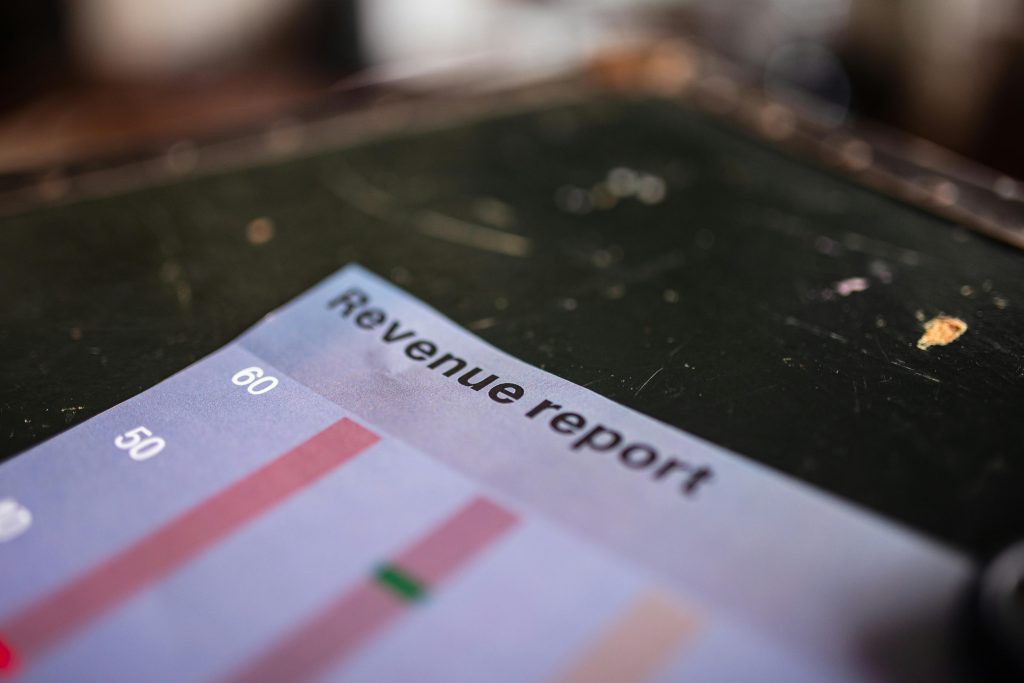Here’s a guide on restaurant profit margin, how it works in different restaurant formats, and ways to increase it.
Hey there, fellow restaurateurs! Welcome to the ultimate guide to mastering your restaurant’s profit margin. Whether you’re a seasoned pro or just starting out, understanding and optimizing your profit margin is crucial for the success and sustainability of your business. Throughout this guide, we’ll dive deep into the key concepts and strategies that will empower you to maximize your restaurant’s profitability. By the time you reach the end, you’ll be armed with actionable insights to take your business to the next level.
Understanding Profit Margin:
Let’s start with the basics. Profit margin is not just another financial jargon—it’s your restaurant’s financial heartbeat. Picture it as a gauge of how effectively your business is converting revenue into profit after covering all expenses. Essentially, it tells you how much of your hard-earned cash stays in your pocket. For instance, if your restaurant racks up $100,000 in revenue in a month but incurs $80,000 in costs, your profit margin would be 20%.
Calculating Profit Margin:
Now, let’s crunch some numbers. Profit margin is calculated by dividing your net profit (revenue minus costs) by your revenue, then multiplying by 100 to get a percentage. This simple formula gives you a snapshot of your restaurant’s financial health. But remember, there’s a difference between gross profit margin, which focuses solely on the profitability of your products or services, and net profit margin, which takes all expenses into account. Tracking these margins regularly helps you spot trends, make informed decisions, and course-correct if needed.
Key Strategies for Increasing Profit Margin:
Now, onto the fun part—boosting those profit margins! We’ll break it down into three key areas:
a. Cost Control Measures:
Think of this as plugging the leaks in your financial ship. Efficient inventory management, smart menu engineering, and optimizing your labor costs are just a few ways to tighten your belt without sacrificing quality.
b. Revenue Enhancement Techniques:
Time to flex those upselling muscles! Training your staff to upsell and cross-sell high-margin items, designing menus that entice customers to spend more, and hosting special events can all give your revenue a healthy boost.
c. Diversification and Expansion:
Don’t put all your eggs in one basket. Explore opportunities like takeout and delivery services, catering for events, and forming partnerships to tap into new revenue streams and expand your customer base.
Managing Profit Margin in Different F&B Business Types:
Every restaurant is unique, and what works for one may not work for another. Quick-service joints thrive on high volume and efficiency, while fine-dining establishments focus on creating memorable experiences. Understanding your business type and tailoring your strategies accordingly is key to success.
Congratulations! You’ve just leveled up your profit margin game. By implementing the strategies outlined in this guide, you’re well on your way to running a profitable and sustainable restaurant business. Remember, it’s not just about making money—it’s about making smart decisions that set you up for long-term success.
Next steps:
- Dive into modern restaurant management software to streamline your operations and keep a close eye on your profit margins.
- Take a deep dive into your menu and identify opportunities to boost profitability.
- Train your staff to become upselling wizards and watch your revenue soar.
- Explore new revenue streams like takeout, delivery, and catering to expand your business horizons.
- Stay ahead of the curve by staying informed about industry trends and best practices.
- Invest in marketing and loyalty programs to keep your customers coming back for more.
- Remember, Rome wasn’t built in a day, and neither is a successful restaurant. Keep refining, keep innovating, and keep hustling—you’ve got this!
Now, go forth and conquer the culinary world!
FAQs
- How can restaurant owners effectively track and analyze profit margins over time to identify long-term trends and patterns?
Restaurant owners can track profit margins over time by using robust accounting systems and analyzing financial reports regularly.
- Are there any specific challenges or considerations restaurant owners should be aware of when implementing cost control measures or revenue enhancement techniques?
Challenges in implementing cost control and revenue enhancement techniques may include negotiating with suppliers, optimizing staffing levels, and adapting to external factors like economic conditions.
- In what ways can restaurant owners adapt the strategies outlined in the guide to suit the unique circumstances and constraints of their individual establishments?
Owners can adapt strategies based on factors like target market, location, and menu offerings, ensuring flexibility while maximizing profitability.



